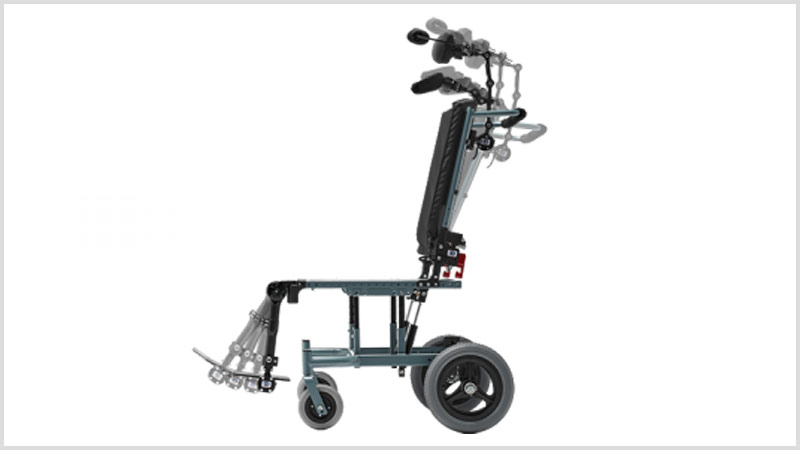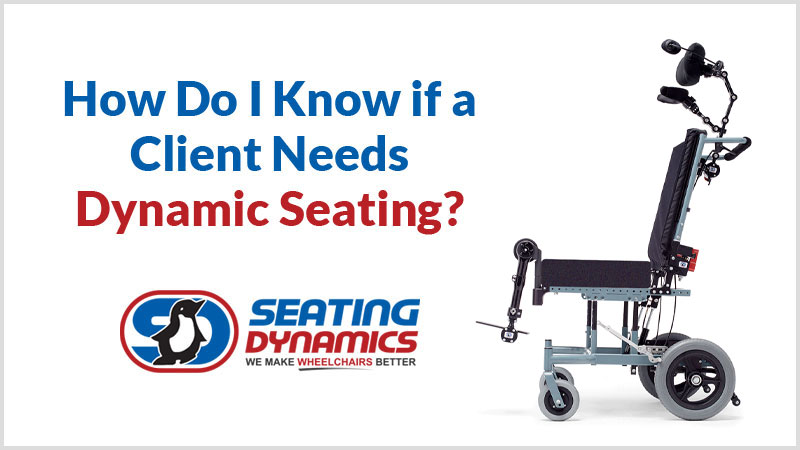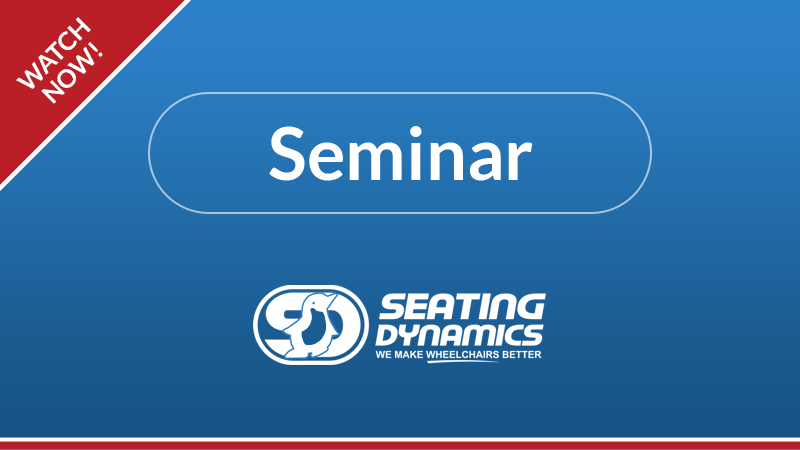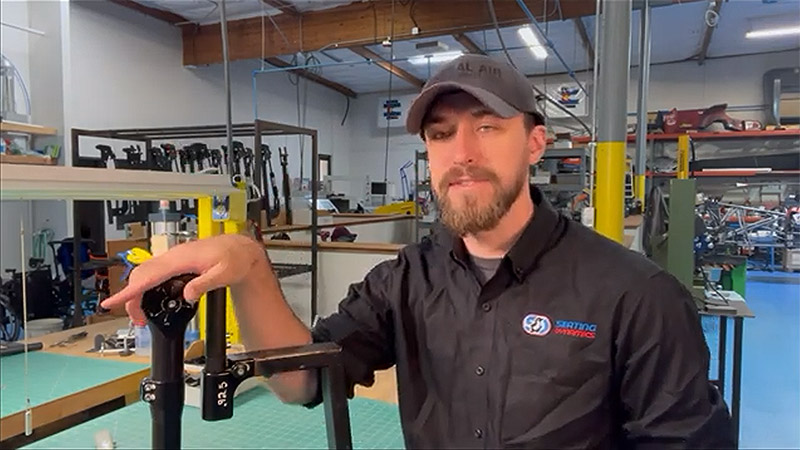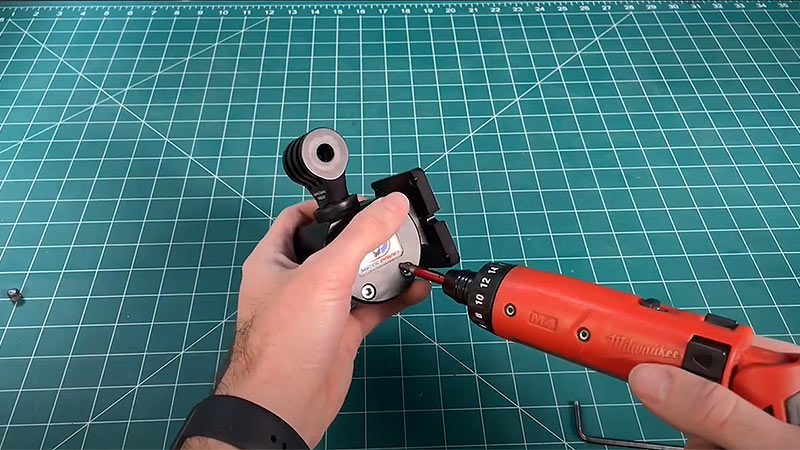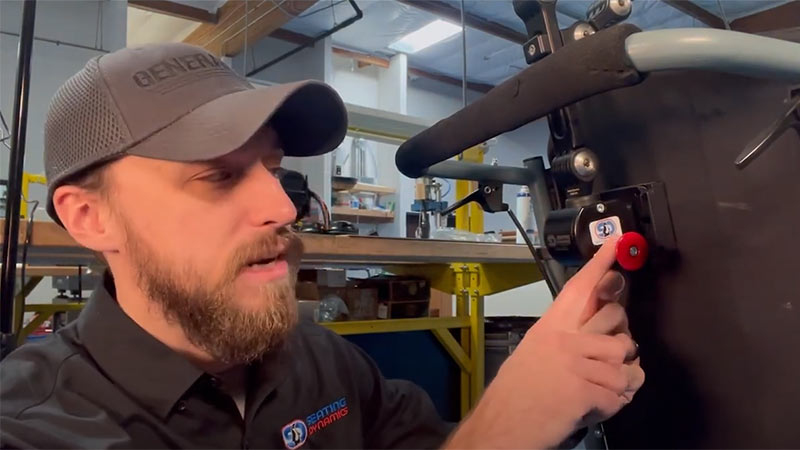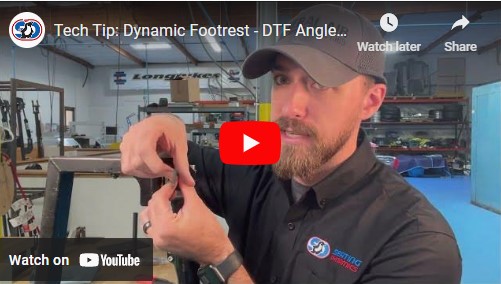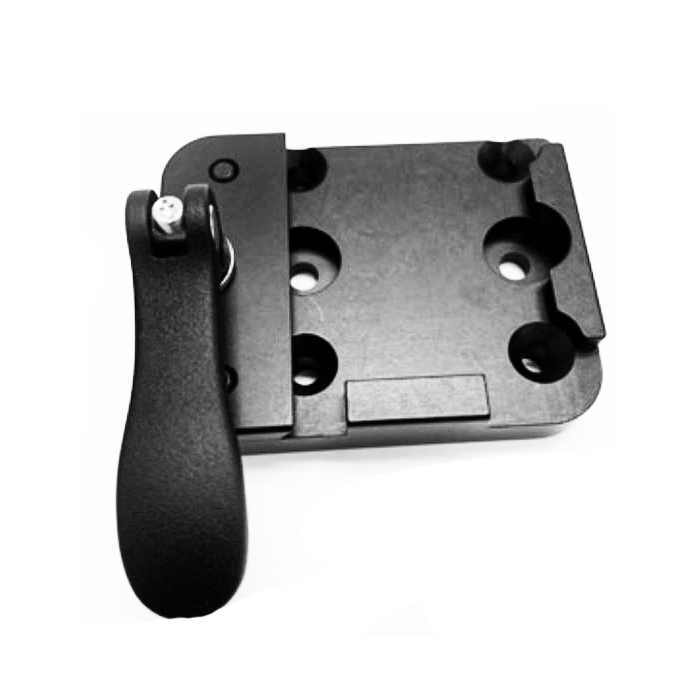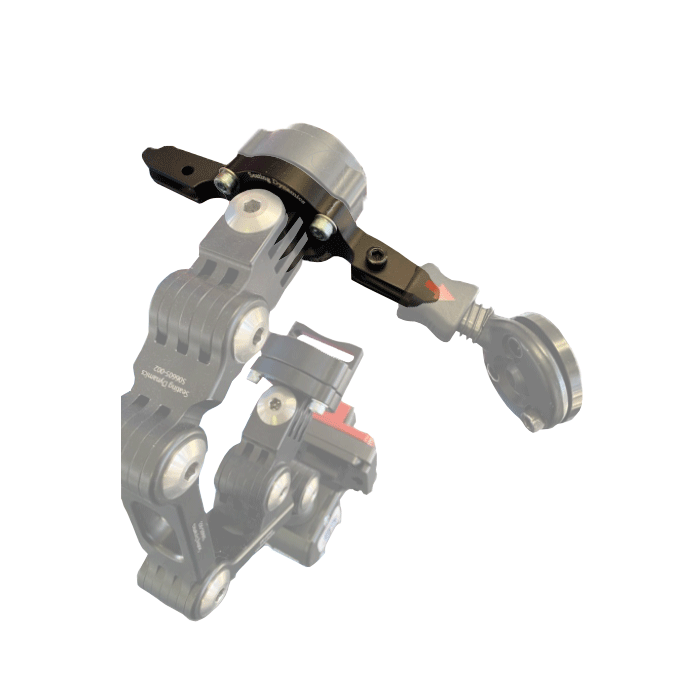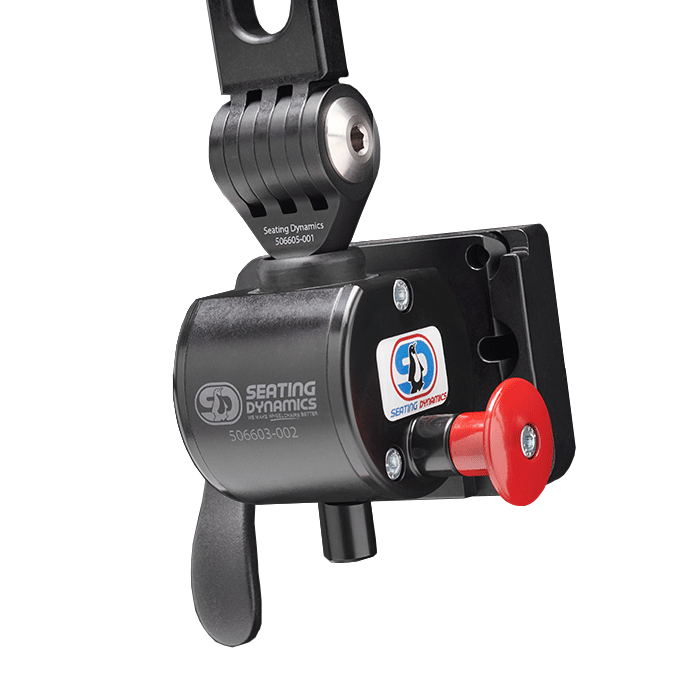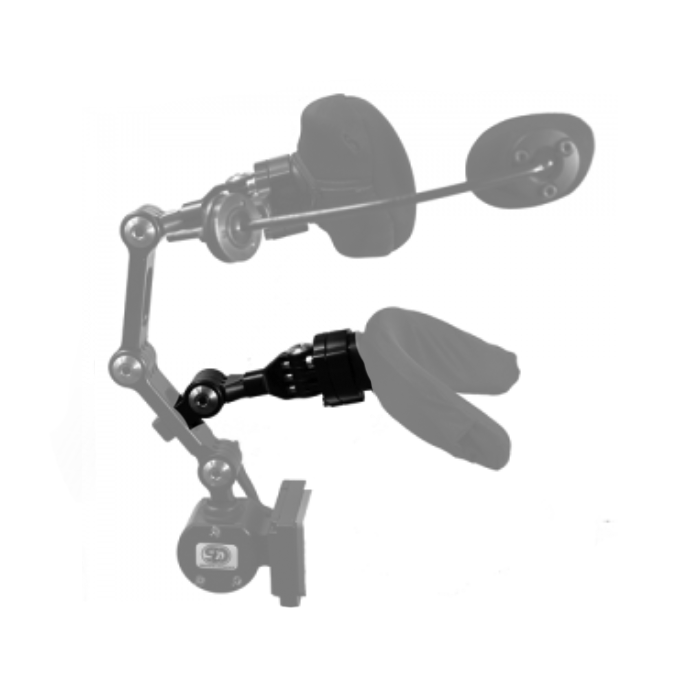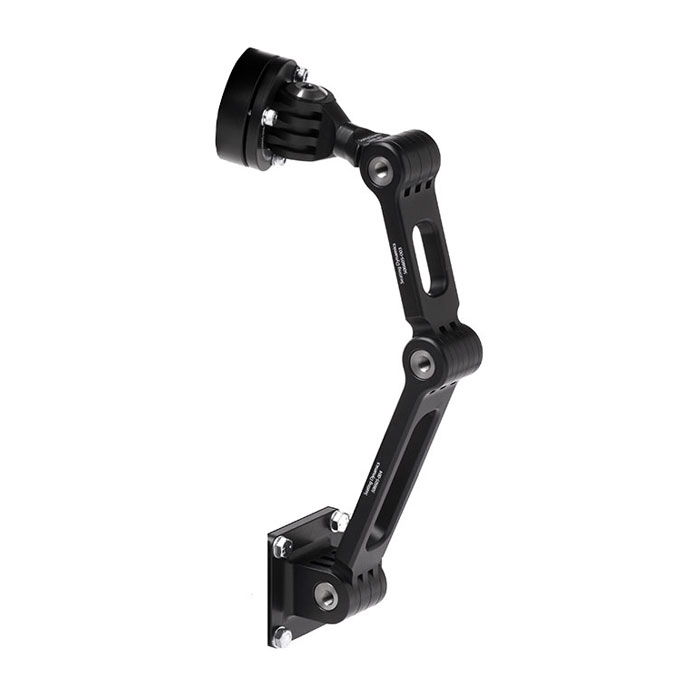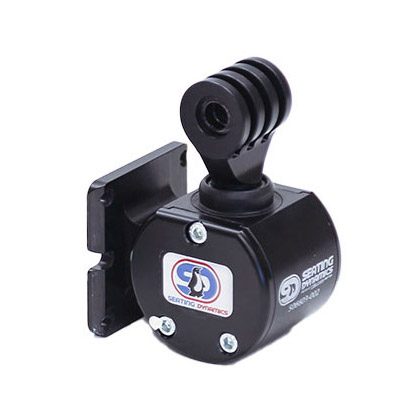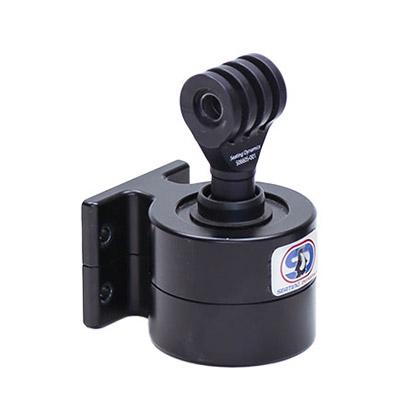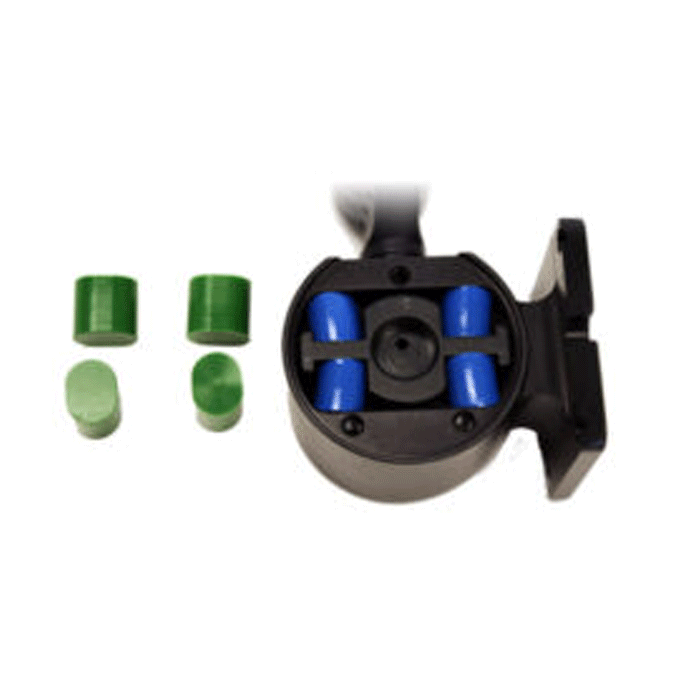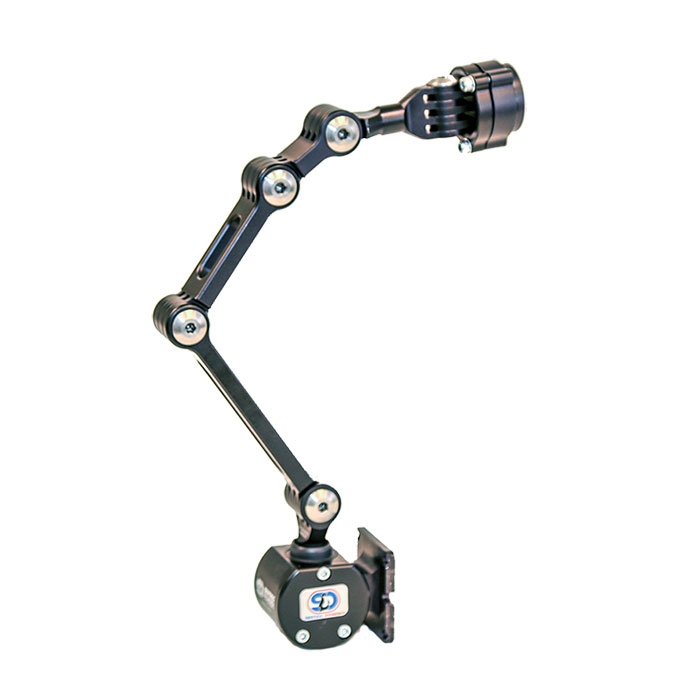Are you a Complex Rehab Supplier or Technician working with people using wheelchairs? Check out these StartUp topics.
What is Dynamic Seating?
What is Dynamic Seating? A Definition. – An update of our most popular blog!
Our most-read blog is one that defines Dynamic Seating. That initial blog was posted about 4 years ago, so we wanted to revisit this foundational topic.
How do you know if Dynamic Seating is needed?
How Do I Know if a Client Needs Dynamic Seating?
In earlier blogs we have addressed key topics such as “What is Dynamic Seating” and “Dynamic Seating: Clinical Indicators.” In this blog series, we will take a look from the other side – what can you currently observe that indicates this person could benefit from Dynamic Seating?
Funding Information
Tech Videos
Free CEU: Positioning the Head
Join OT Michelle Lange for Positioning the Head to explore strategies beyond the head support of a wheelchair, including specific positioning interventions and addressing visual issues.
Tech Tip: Using the Footrest Swing Away Function
In this quick tip, JJ illustrates how to use the swing away function on Dynamic and Static Footrests. This feature allows you “swing away” and even remove, if necessary, the footrests.
Tech Tip: Add Lock Out to Existing Dynamic Head Support
In this video: JJ demonstrates how to add the lock out feature to an existing single-axis Dynamic Head Support.
Dynamic Head Support Hardware – Lockout Demo
In this video, JJ demonstrates the lockout function of the Dynamic Headrest allowing users to pause headrest movement when undesirable.
Tech Tip: Dynamic Footrest – Knee Angle Adjustment on Telescoping-only Footrest
In this video, JJ shows you how to adjust the knee angle on the telescoping-only Dynamic Footrests.

